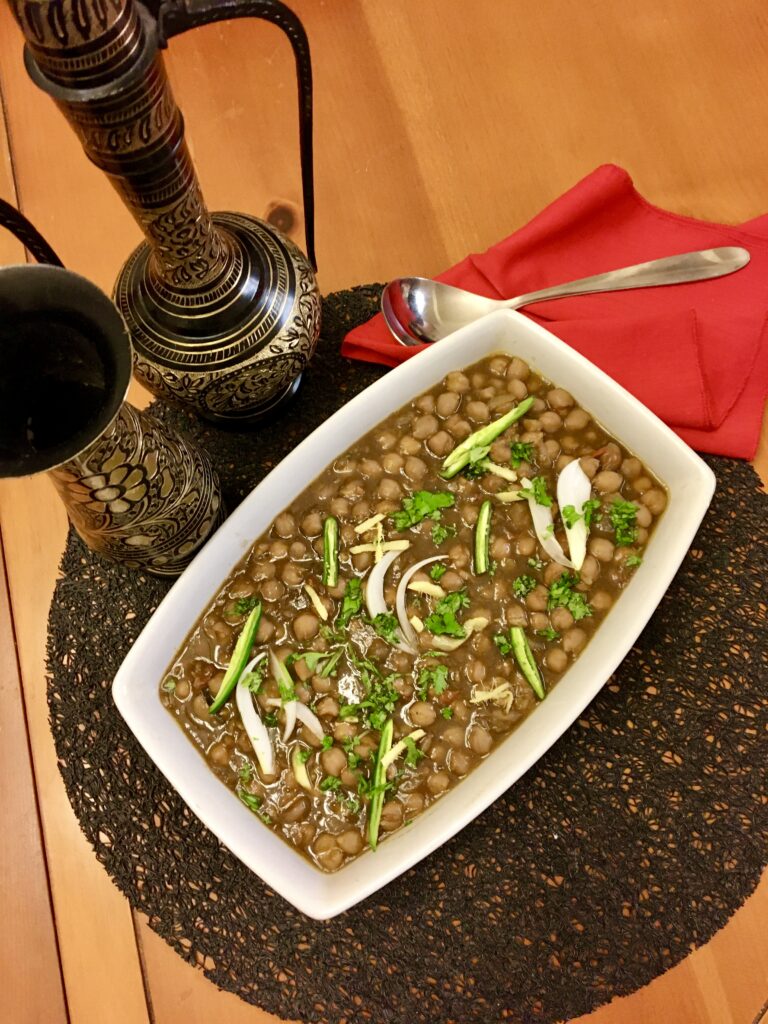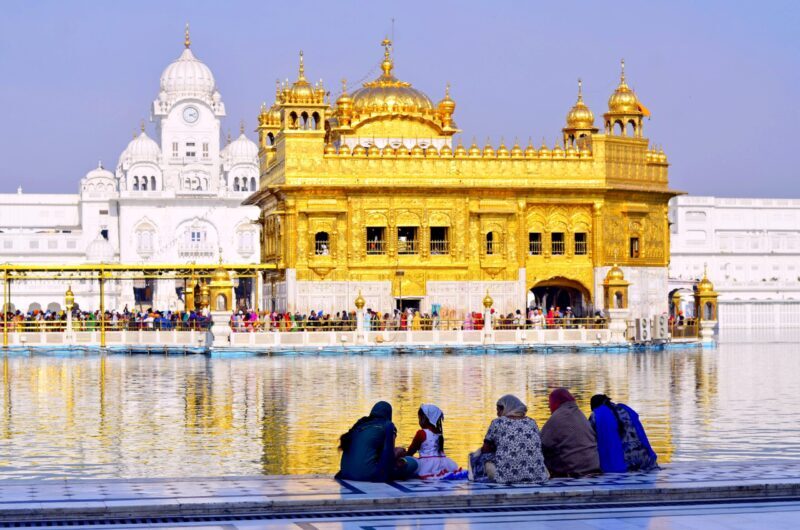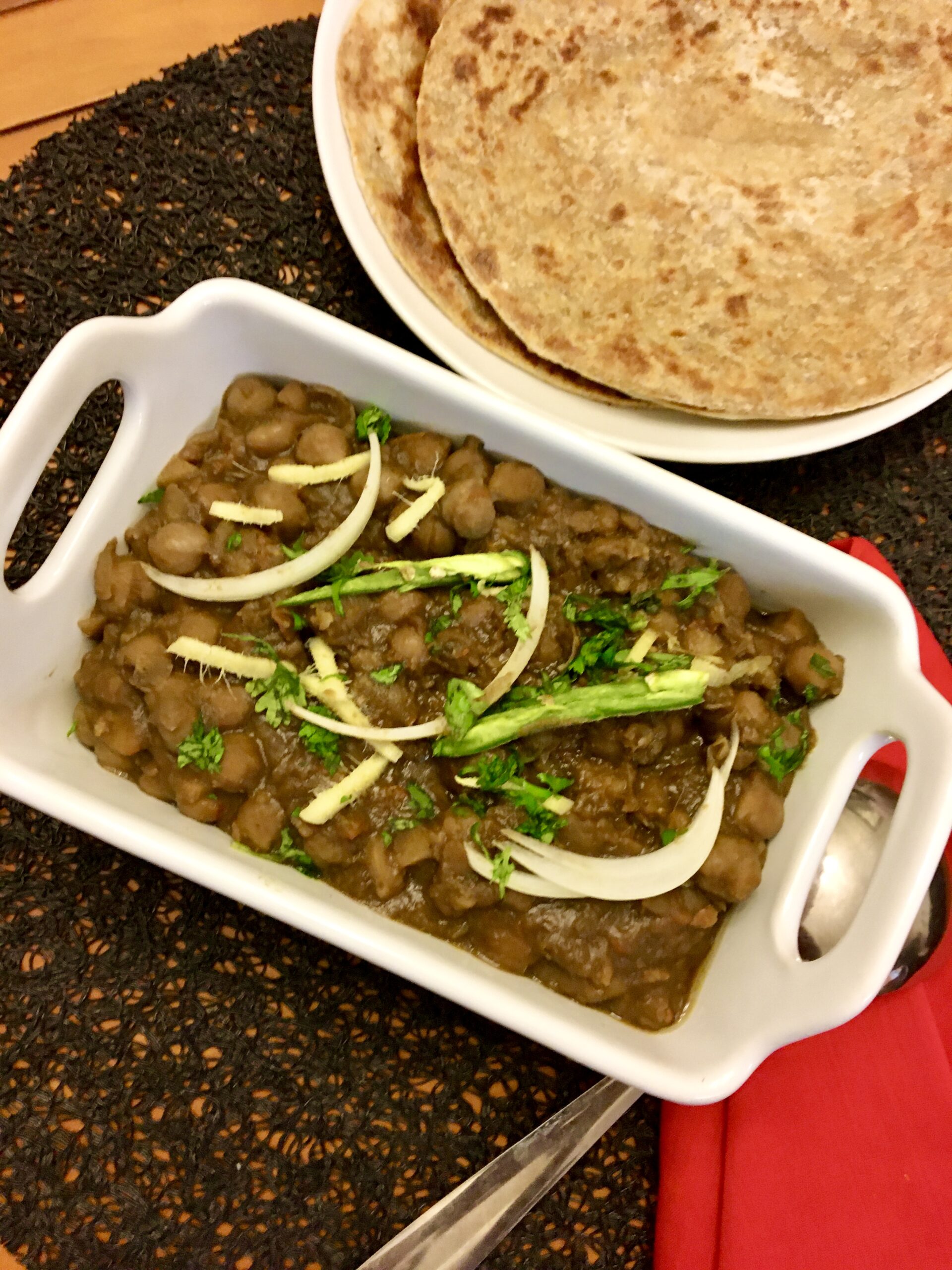Sometimes I get into the mood to bake bread, and I take the easy route. Years ago, when volunteering at our church thrift shop, I picked up an almost brand-new bread machine for less than half the market price. Now when the mood hits for fresh homemade bread, I pull it out and go for it! Today I have a half loaf lying around— a product of five days ago. I decide to fix Bread Uppma for breakfast. Most Indians refer to bread as ‘double roti,’ or simply bread.
Bread uppma is great for breakfast or a tea-time snack. It is savory and tangy, and, of course, who doesn’t love bread!!
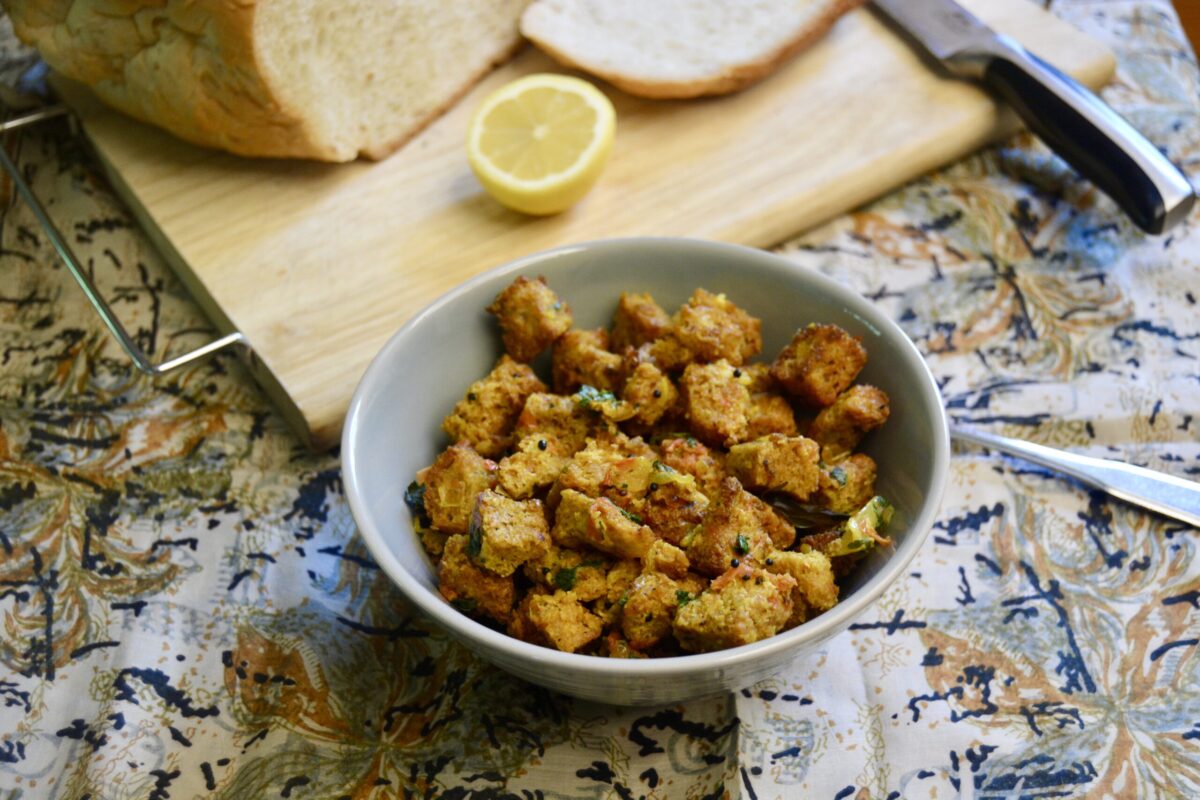
Bread Uppama
Ingredients
- 12 slices bread (preferably stale, toasted, and cut into 1-inch cubes)
- 2 tbsp cooking oil
- 1 Serrano chili (chopped one whole red chili optional—to your taste)
- ½ tsp black mustard seeds
- 8-10 curry leaves
- 1 cup onion (chopped finely, yellow or red)
- ½ tsp turmeric powder
- 2 medium tomatoes (chopped-about 1 cup)
- ½ tsp salt
- ½ tsp lemon or lime juice (only)
- ½ cup cocktail or sautéed peanuts or cashew nuts
- 1 tbsp fresh cilantro (coriander leaves) (washed and chopped, for garnish)
Instructions
- In a large skillet, heat the oil on medium heat.
- Add the chopped green chili or red chili. Stir a couple of times and add the mustard seeds. Be careful as they splutter.
- Give it less than 30 seconds, and add the curry leaves. Stir and add the onions.
- Sauté the onions for about 6 minutes until they are translucent and start to turn reddish in the corners.
- Add the tomatoes and sauté for another 4 minutes until the tomatoes are soft and the oil starts to surface.
- Add your choice of nuts (optional) and give them a stir.
- Now stir in the toasted bread cubes until they are nicely coated with the onion and tomato mixture.
- Add a ¼ cup of water. Lower the heat and cover the skillet. Let it cook for 2-3 minutes.
- Remove the lid, sprinkle the juice of half a lemon/lime, and stir. Cover and let it sit for 5 minutes before serving.
- Remove to a serving dish and garnish with the chopped cilantro.

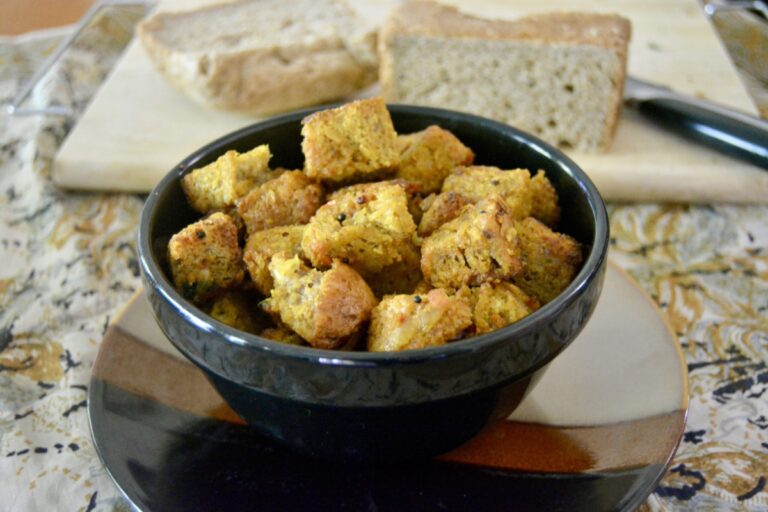
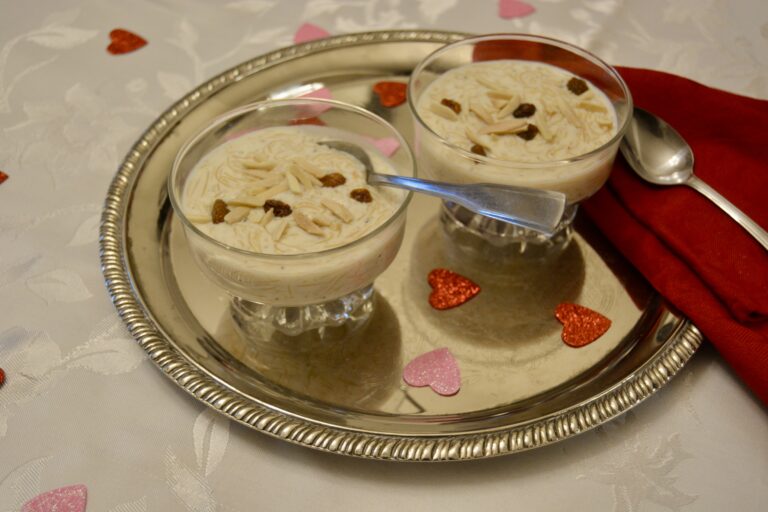
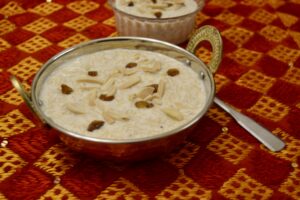 My neighbor has sent over some Seviyan Kheer she has fixed for Eid-al-Fitr, one of the biggest Muslim festivals. It marks the end of the holy month of Ramadan, a time of fasting and prayer. Celebrating religious festivals was special in India due to the diversity of faiths. It was common for neighbors to share the sweets prepared to celebrate their festivals, irrespective of religion. This was especially so in smaller towns than big cities.
My neighbor has sent over some Seviyan Kheer she has fixed for Eid-al-Fitr, one of the biggest Muslim festivals. It marks the end of the holy month of Ramadan, a time of fasting and prayer. Celebrating religious festivals was special in India due to the diversity of faiths. It was common for neighbors to share the sweets prepared to celebrate their festivals, irrespective of religion. This was especially so in smaller towns than big cities.
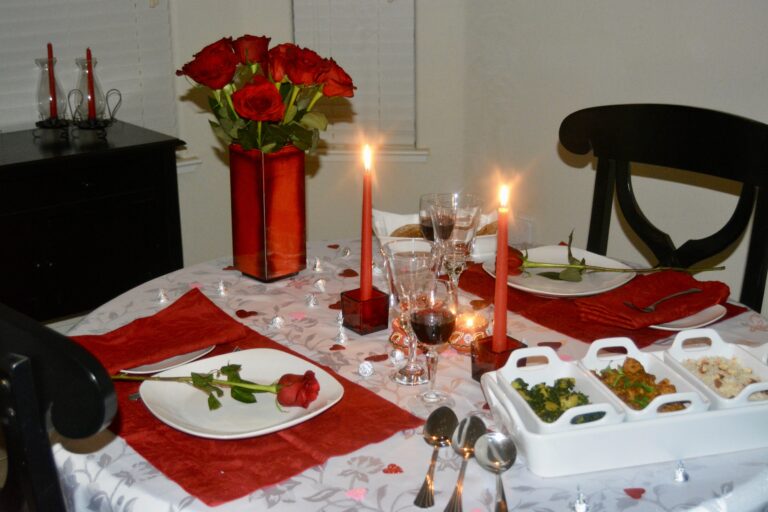
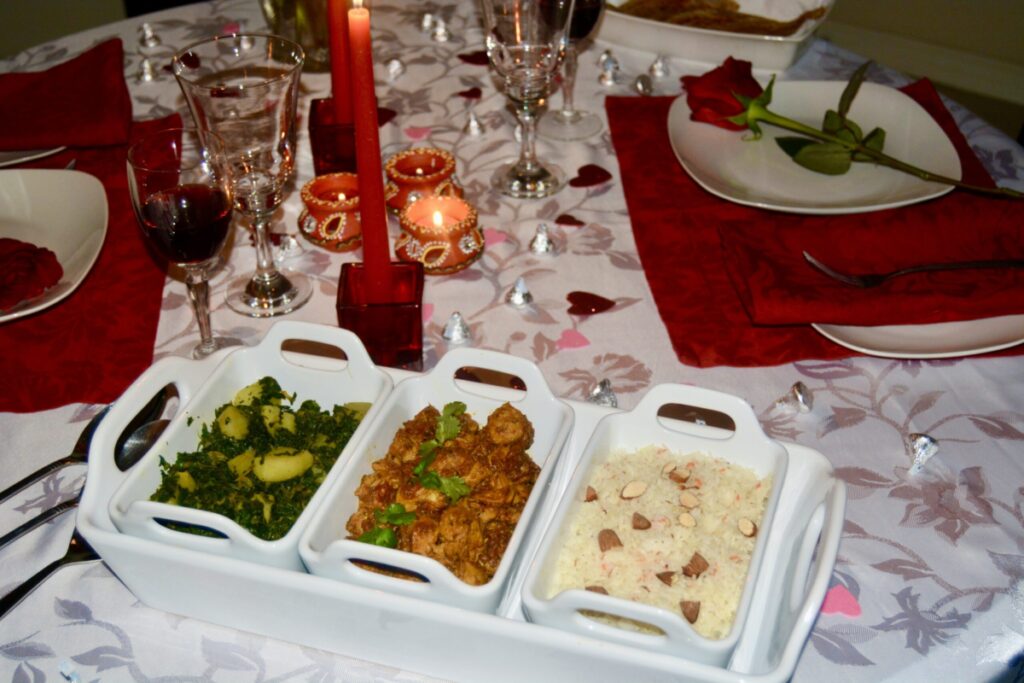
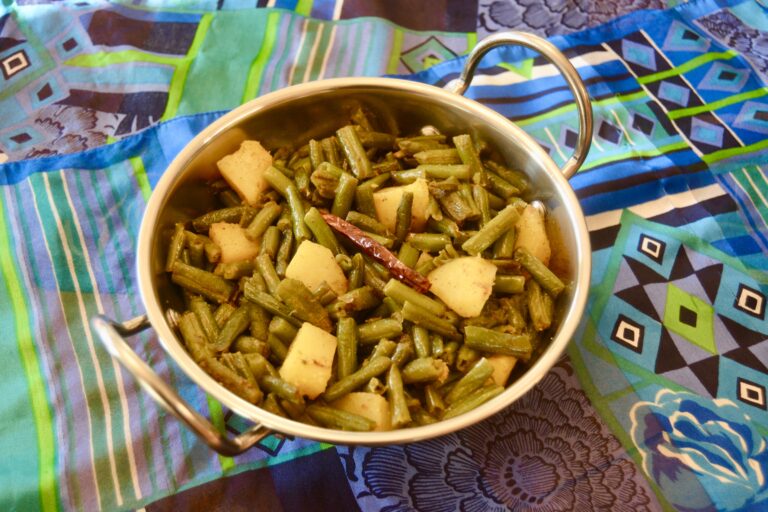
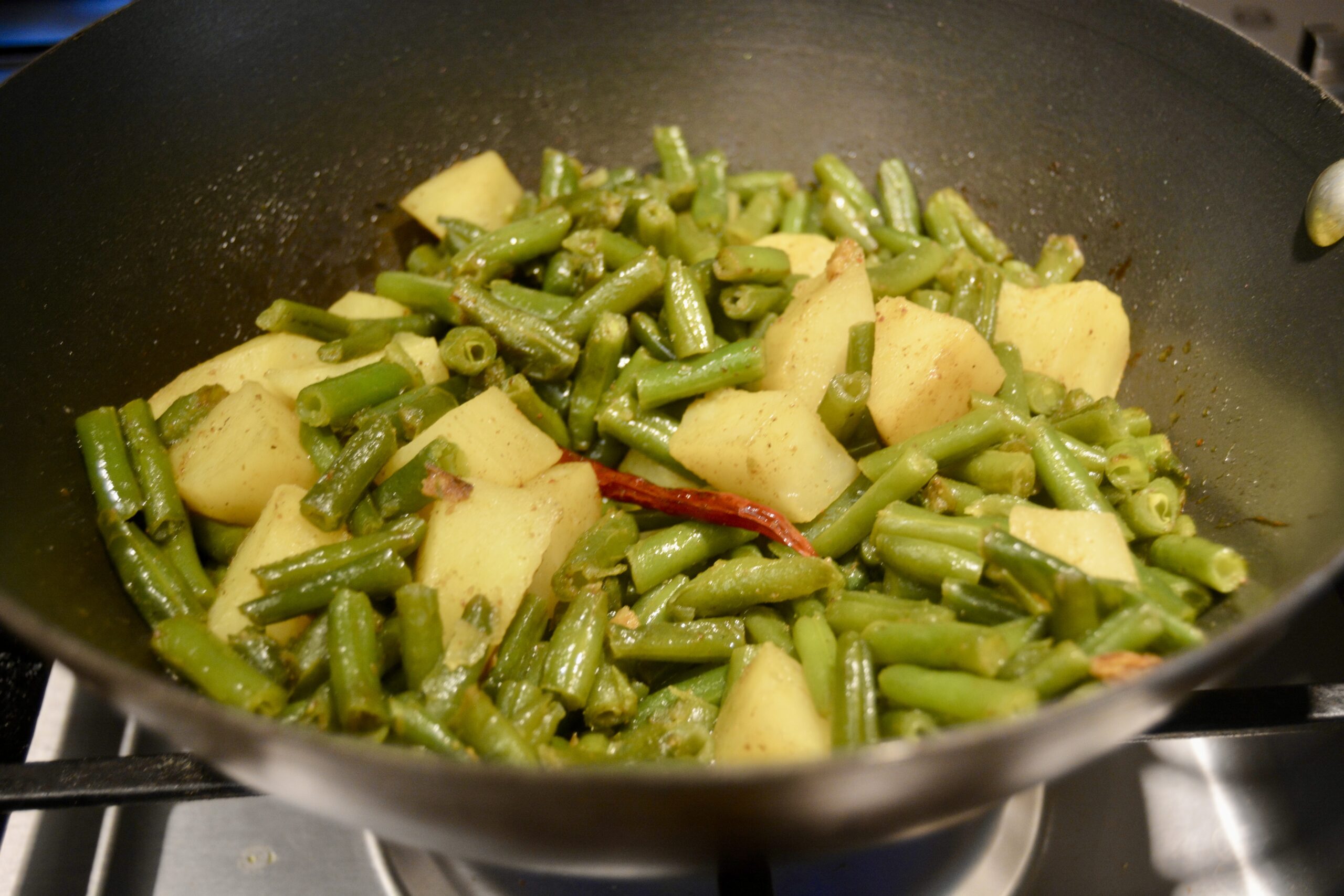
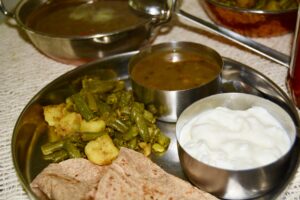
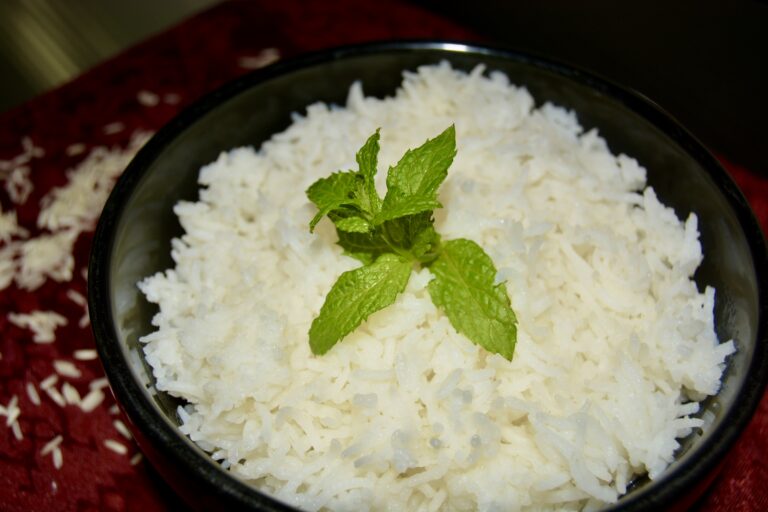
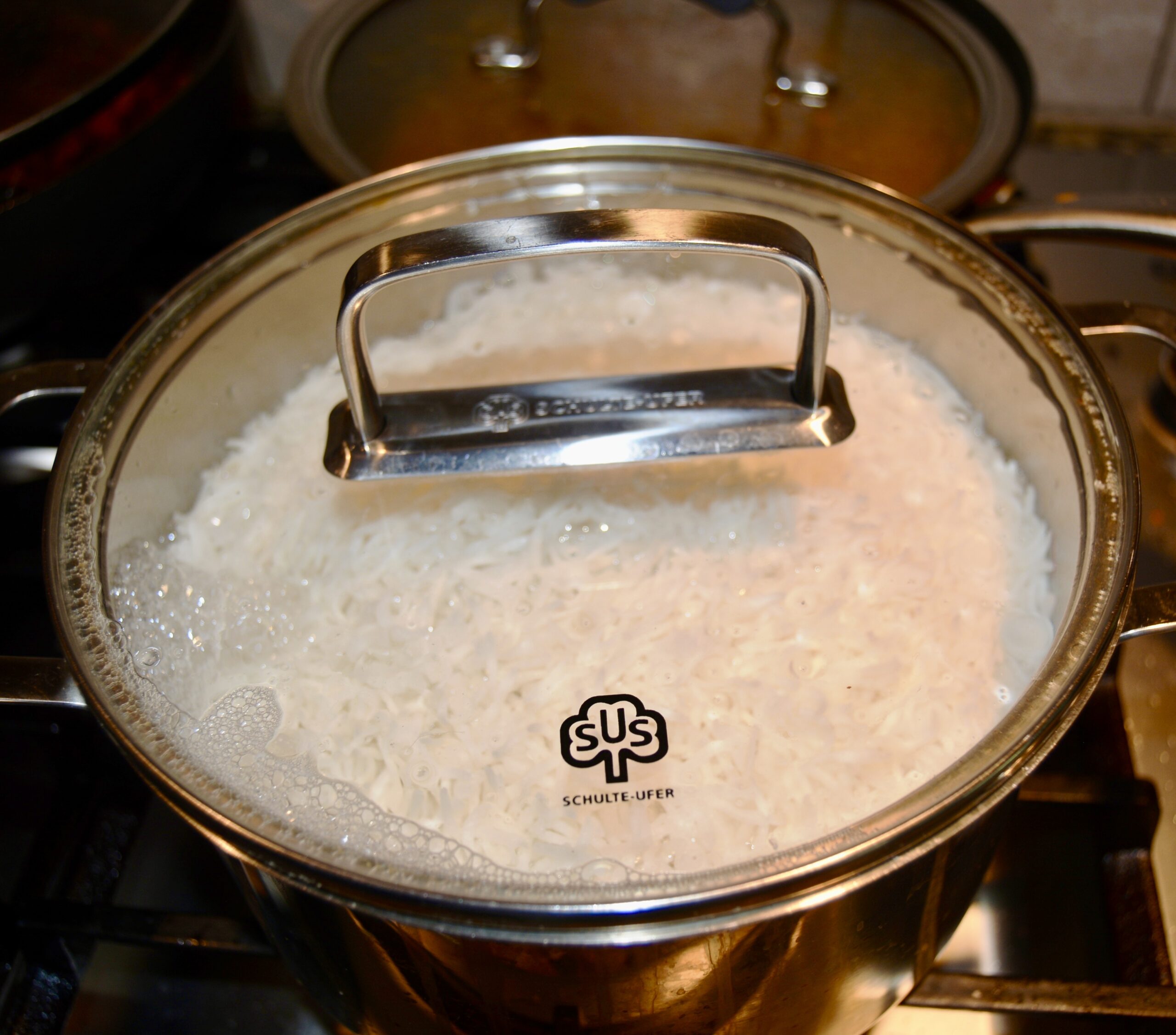
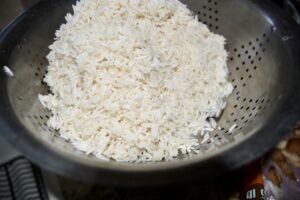 Another way to fix rice is to wash and rinse the rice as above. Then in a pot, add about 4 times the water as rice (1:4 ratio). Bring the rice to a boil on medium heat, then reduce the heat and let the rice cook for 15 minutes. Test the grain to see if it's almost done. Turn off the heat. Now strain the rice through a rice strainer or fine sieve. Be careful of the steam! When all the water is drained, give the sieve a shake and put the rice back into the pot Cover with a tight lid and let it sit for 15 minutes before you fluff it.
Another way to fix rice is to wash and rinse the rice as above. Then in a pot, add about 4 times the water as rice (1:4 ratio). Bring the rice to a boil on medium heat, then reduce the heat and let the rice cook for 15 minutes. Test the grain to see if it's almost done. Turn off the heat. Now strain the rice through a rice strainer or fine sieve. Be careful of the steam! When all the water is drained, give the sieve a shake and put the rice back into the pot Cover with a tight lid and let it sit for 15 minutes before you fluff it.